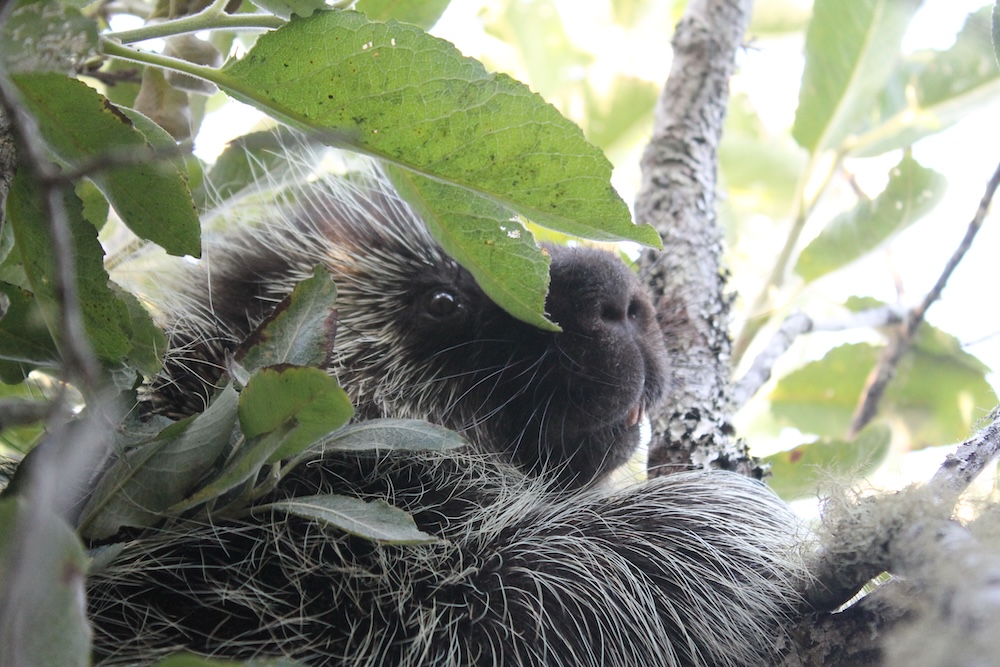California Channel Islands
The Channel Islands are an incredible natural classroom, offering abundant opportunities to study small mammal and mesocarnivore dynamics. Working with the National Parks Service and The Nature Conservancy, we are studying the spatial ecology of Island foxes and Island spotted skunks on Santa Rosa and Santa Cruz. After a complicated trophic cascade due to the introduction of wild pigs, massive amounts of DDT dumped into the Southern California Bight, the disappearance of bald eagles and introduction of gold eagles, Island foxes declined to near extinction. Island skunks seemed to do well in their absence, but following fox recovery appear to have declined. Some of the questions students are asking include: how has fox home range size changed in relation to density? Where are the skunks, anyway?
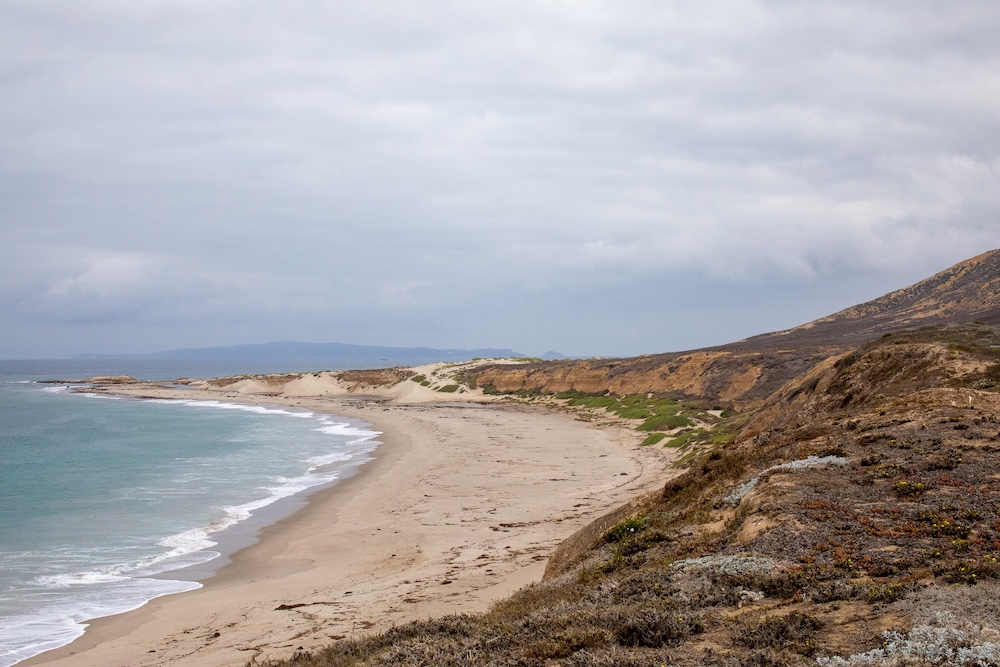
San Joaquin Desert Conservation and Restoration
The San Joaquin Desert is one of the most endangered ecosystems in the world, with high rates of endemic threatened and endangered species. Our work has helped identify habitat for protection and restoration, guided renewable energy project mitigation, and developed new techniques for counting kangaroo rats. Specific student research has included documenting the importance of kangaroo rat burrowing to facilitate San Joaquin antelope squirrel reintroduction; comparing trapping data to habitat suitability models and aerial images to guide conservation decisions; and assessing very fine scale blunt-nosed leopard lizard thermoregulation. We also manage the animal surveys every summer in the long-term Carrizo Plain Ecosystem Project, running since 2007.
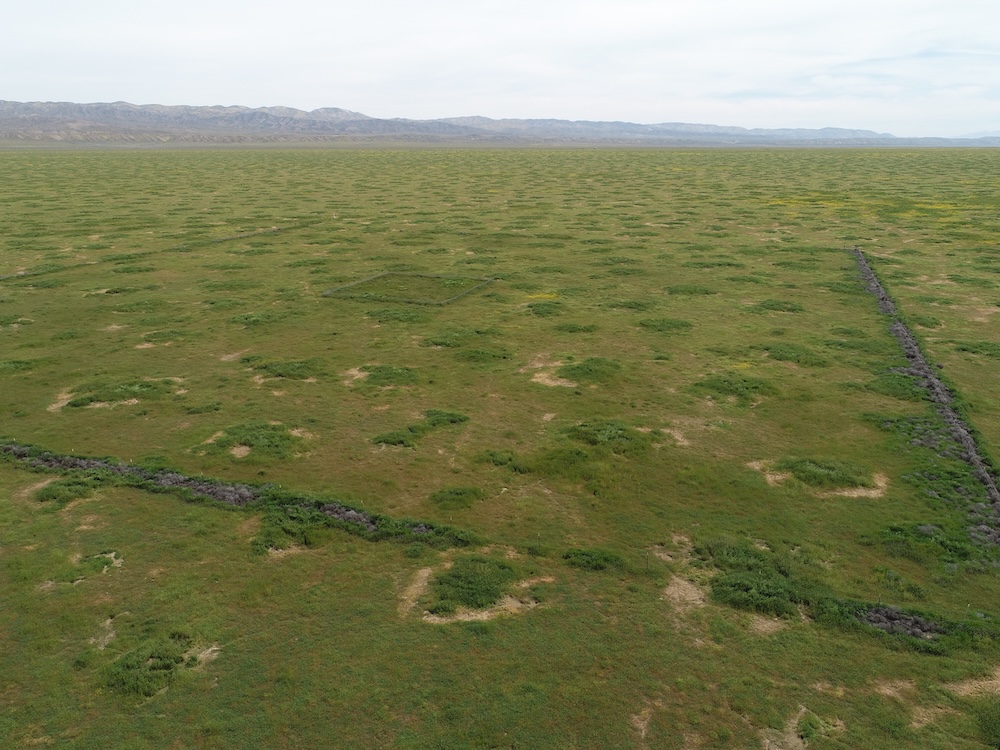
Large Mammal Movement and Conservation
The advent of inexpensive, reliable GPS collars has allowed for new insight into animal movement and behavior. Students in the lab have used GPS collards to identify sites where Roosevelt elk give birth; demonstrated that differential fear of humans can lead to big changes in carrying capacity; and documented the ways in which tule elk respond to a historic drought. While all three subspecies of elk in California are recovering well, pronghorn in southern California are not. We are currently collaborating with The Nature Conservancy, Bureau of Land Management, and California Department of Fish & Wildlife to see if additional water sources might improve pronghorn population growth.
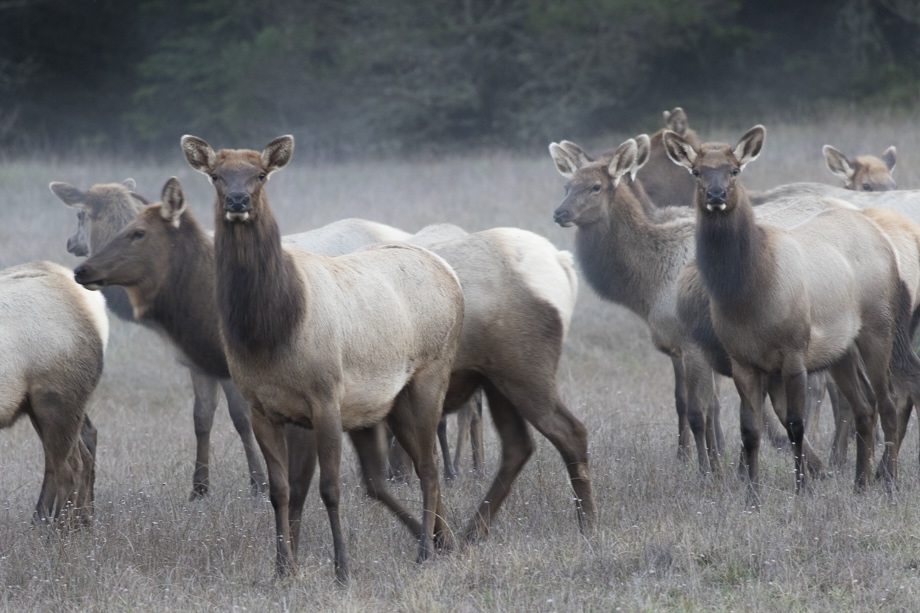
Barn Owls as Natural Predators on Vineyards
We are so excited to partner with Dr. Matt Johnson’s lab at Cal Poly Humboldt to extend his research on barn owls in Napa down to the Edna Valley. With high resolution GPS backpacks, we’re working to understand how owls hunt on vineyards.
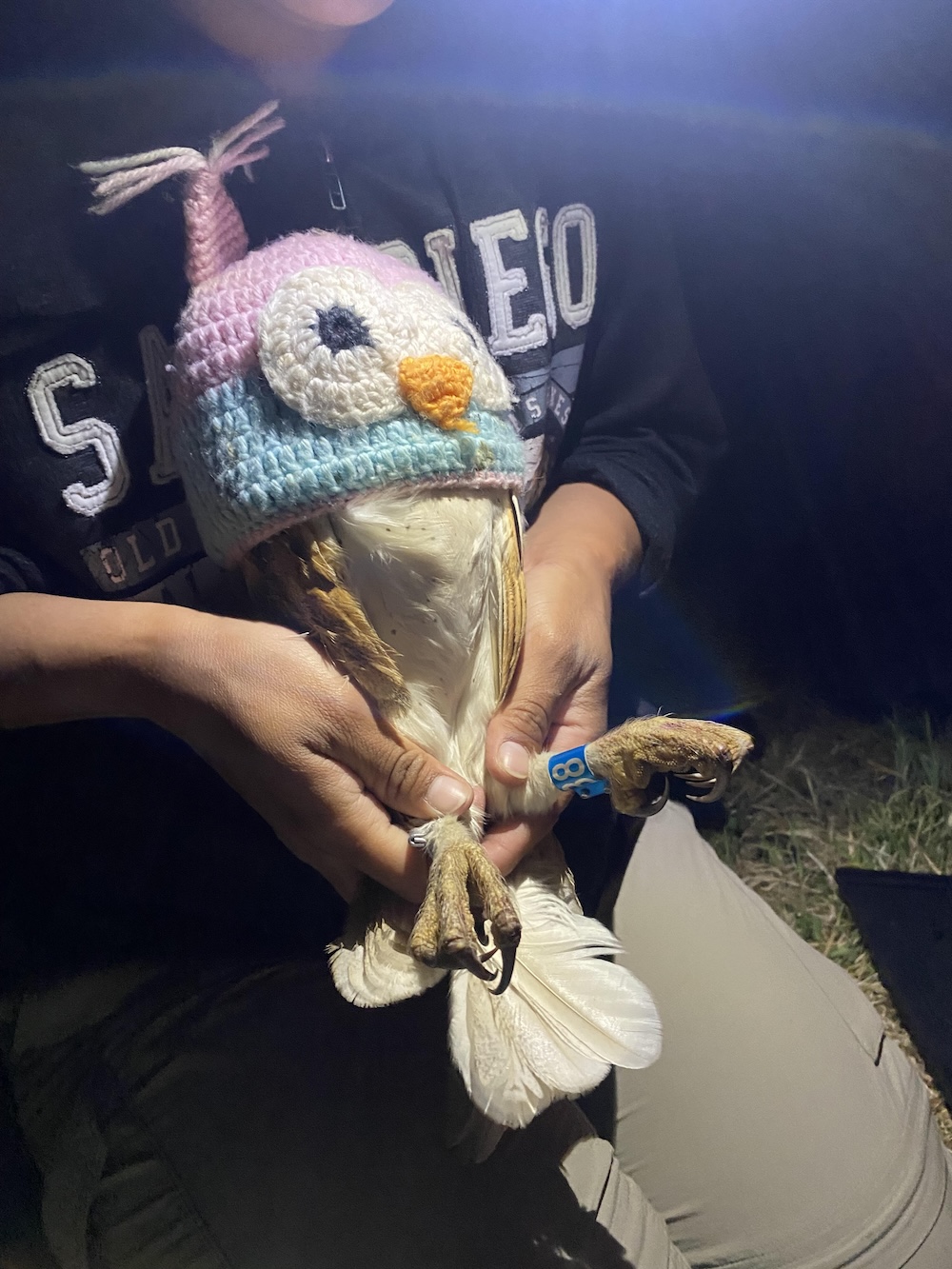
California Biodiversity Sentinel Site Network
We are working to establish more biodiversity and climate Sentinel Sites in partnership with California Department of Fish & Wildlife and the California Biodiversity Network. These sites use traditional trail cameras, drift fences with downward facing cameras, and bat and bird acoustic records to document biodiversity across the state. They also provide great opportunities for students to gain hands on experience deploying equipment, using next generation analyses, and a platform for developing their research using data from not just our campus but across the state.
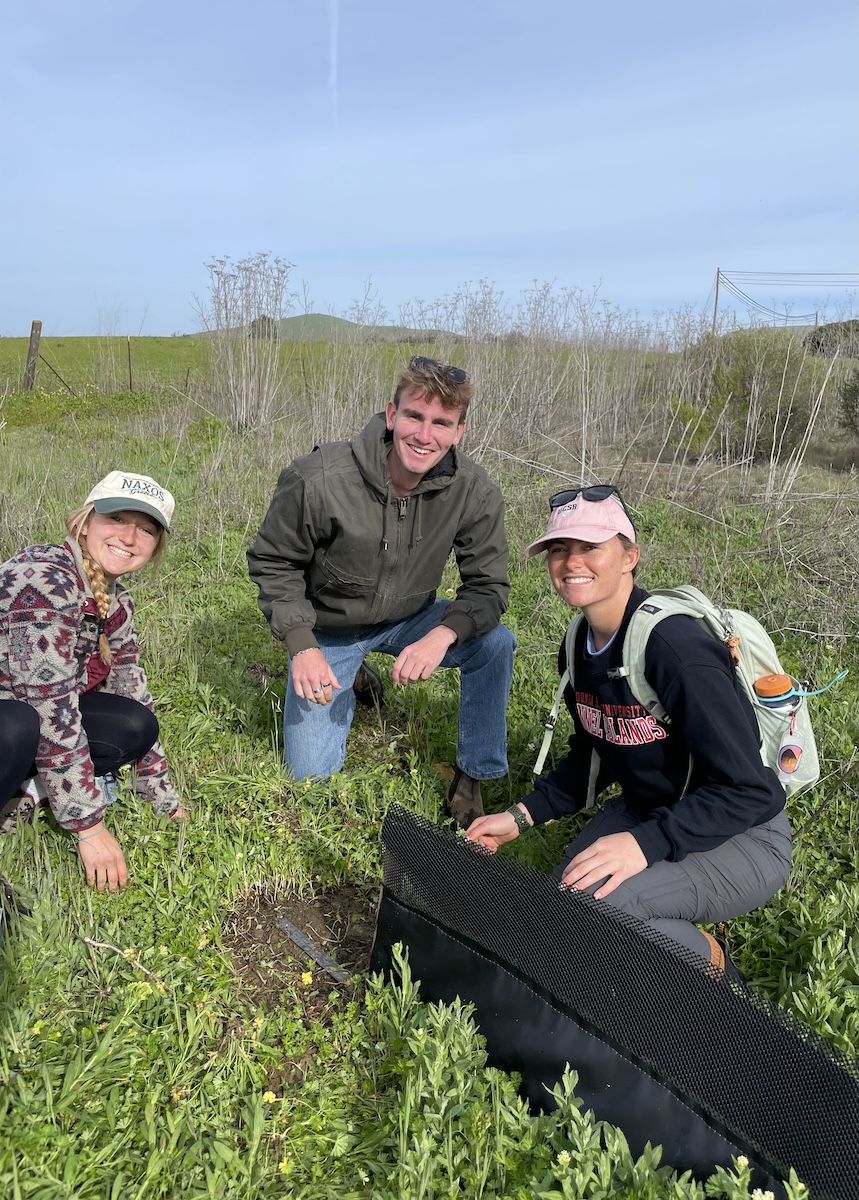
Kangaroo Rat Ecology and Conservation
Kangaroo rats are an iconic mammalian species of western North America - or, they should be! As ecosystem engineers, they move millions of tons of soil every year, changing nutrient cycles and in turn altering plant and animal communities. They can help to control invasive species, and their burrows provide important habitat for other species in the community. They also provide a fascinating case study for biogeography. Some kangaroo rats are extreme specialists, found only in a handful of special habitats; other closely related species are generalists, found in lots of places throughout their range. Speciation in this group is surprisingly understudied, and we’re still learning about which species are found where.
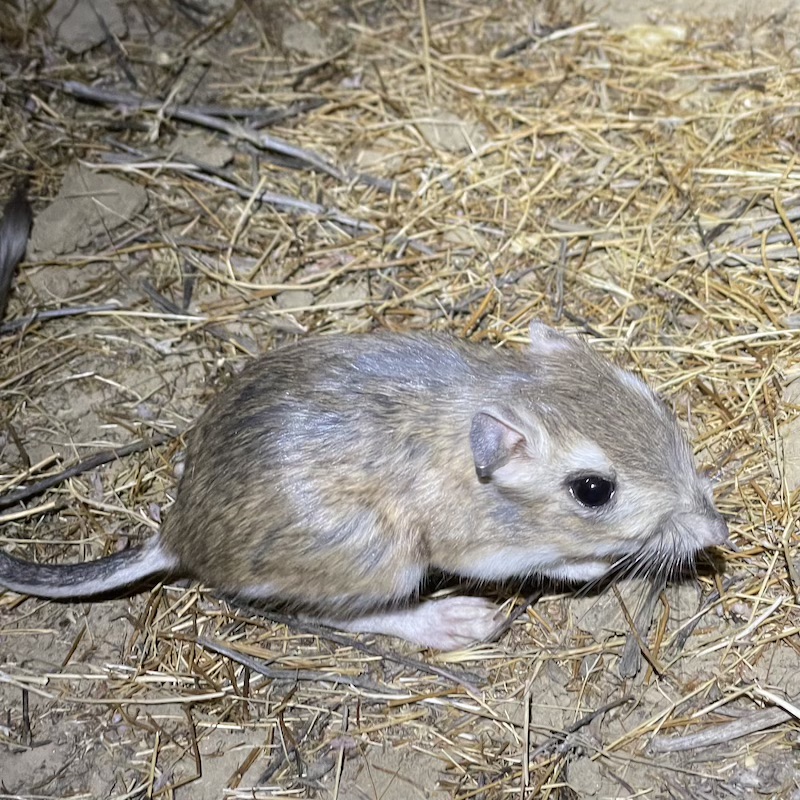
North American Porcupine Ecology and Conservation
Porcupines seem to be disappearing throughout western North America, but we’re not sure why - more predators? More rodenticide? Disease? A century of human harassment and killing? Probably all of the above; our lab has studied porcupine ecology and natural history in northern California to better understand what might be limiting them. Along the way, we discovered that porcupines appear to “scout” for good winter habitat during summer, a new kind of mammalian behavior.
